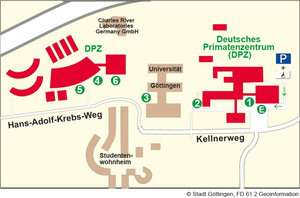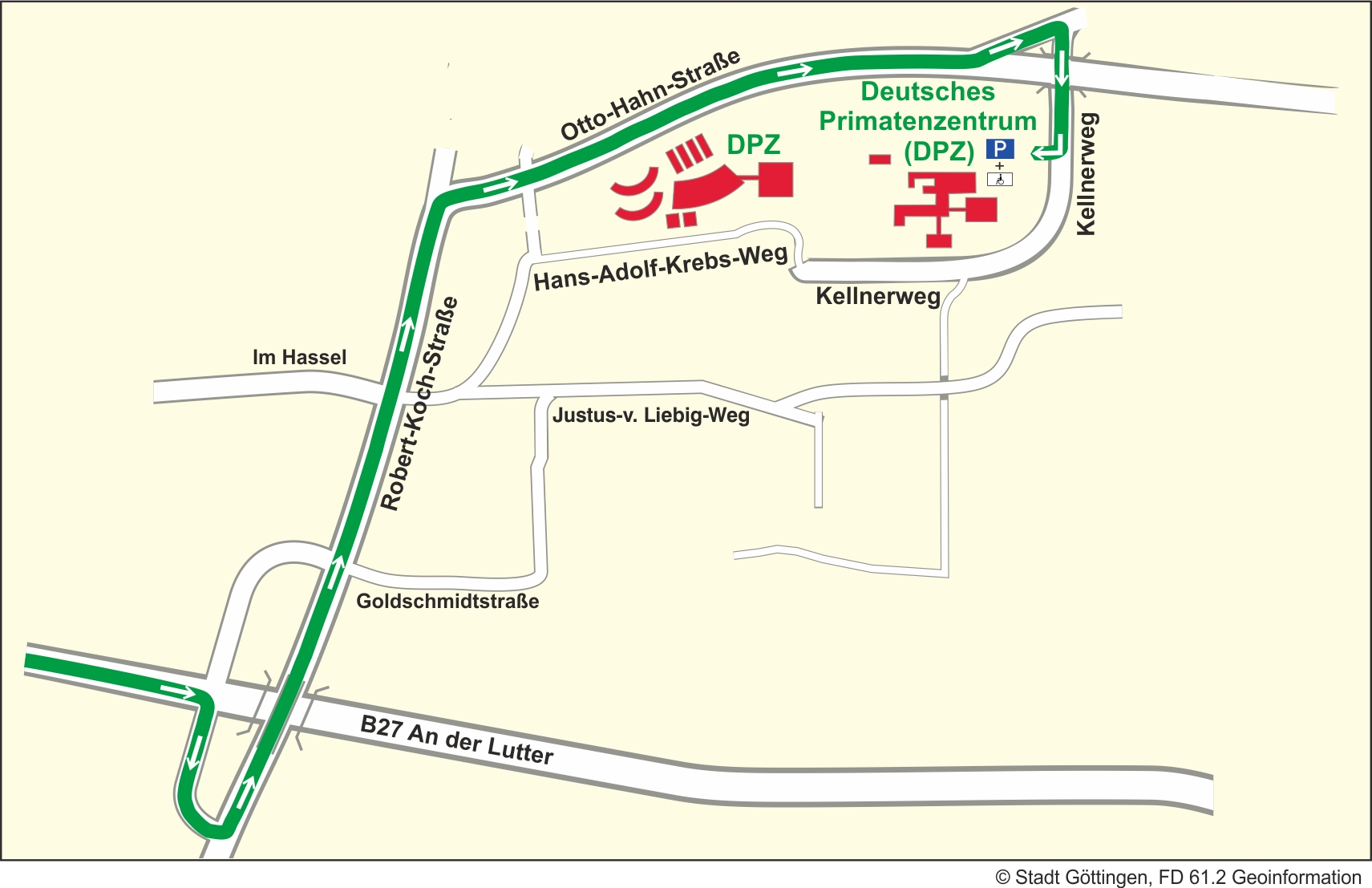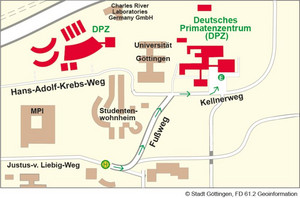Understanding Dog Behavior and Practical Applications in Dog Research
Save as calendar entryThe domestic dog (Canis lupus familiaris) was the first domesticated species. Although there is still scientific debate over exactly when and where this domestication process began, it is now suggested that the dog evolved from the Taimyr wolf at least 27000 years ago. It is now known that dogs and humans evolved together and, thus, they developed a certain way of communication and interaction. Through domestication and artificial selection, large-scale phenotypic and behavioural differences have occurred in the domestic dog.
This training aims to highlight the behavioural and emotional needs of laboratory dogs by focusing on the evolutionary history of dog-human companionship, emotional motivations and behaviours in dogs. Accordingly, this training includes topics such as history of dogs, emotions and emotional intelligence in dogs, canine body language, behavioural strategies of dogs in case of stress, behavioural assessment of dogs in a cage environment, management of laboratory environment for dogs and training tips for laboratory dogs.
Application: Appilcants should sent a motivation letter to Burcu Menekşe BALKAN
e-mail: burcualpaslan(at)yahoo.com. (Please explain the scientific and/or other motivation for this training.)
Administration
Dr. Burcu Menekşe BALKAN e-mail: burcualpaslan@yahoo.com
Referent
Dr. Burcu Menekşe Balkan
Burdur Mehmet Akif Ersoy University, Lavanta Tepesi Hotel, Conference Hall, Turkey
et al.
Anfahrtswege zum DPZ
Lageplan des DPZ

E - Haupteingang/Anmeldung
1 - Geschäftsführung; Abteilungen: Infektionsbiologie/-modelle, Versuchstierkunde, Primatengenetik, Verhaltensökologie und Soziobiologie, Kognitive Ethologie, Neurobiologie; Verwaltung; Bibliothek; Stabsstellen: Forschungskoordination, Kommunikation, Informationstechnologie, Betriebstechnik
2 - Materialanlieferung/Einkauf
3 - Forschungsplattform Degenerative Erkrankungen; Forschungsgruppe Soziale Evolution der Primaten
4 - Abteilung Kognitive Neurowissenschaften
5 - Tierhaltung
6 - Bildgebungszentrum; Abteilung Funktionelle Bildgebung
Anreise mit dem PKW

Folgen Sie von der Autobahnausfahrt "Göttingen Nord" der B27 in Richtung Braunlage bis zur dritten Ampelkreuzung. Biegen Sie rechts ab Richtung Kliniken und anschließend links in die Robert-Koch-Straße. Am Ende der Straße fahren Sie rechts in Richtung Nikolausberg auf die Otto-Hahn-Straße. Die erste Straße zu Ihrer Linken ist der Kellnerweg, das Primatenzentrum ist ausgeschildert.
Anreise mit dem Bus

Ihr Fußweg von der Bushaltestelle Kellnerweg zum DPZ-Haupteingang/zur Anmeldung:
Von der Bushaltestelle Kellnerweg (Linie 21/22 und 23) Straße überqueren, in Fahrtrichtung des Busses gehen. Am Briefkasen links in den Fußweg einbiegen und rechts halten. Am Ende des Fußwegs rechts in den Kellnerweg abbiegen. Der Haupteingang des DPZ liegt dann auf der linken Seite.
Date and Time 30.03.20 - 09:00 - 31.03.20 - 17:00 Open for signup
Location Burdur Mehmet Akif Ersoy University, Lavanta Tepesi Hotel, Conference Hall, Turkey
Dr. Burcu Menekşe Balkan
Burdur Mehmet Akif Ersoy University, Lavanta Tepesi Hotel, Conference Hall, Turkey
e-mail: burcualpaslan(at)yahoo.com. (Please explain the scientific and/or other motivation for this training.)
